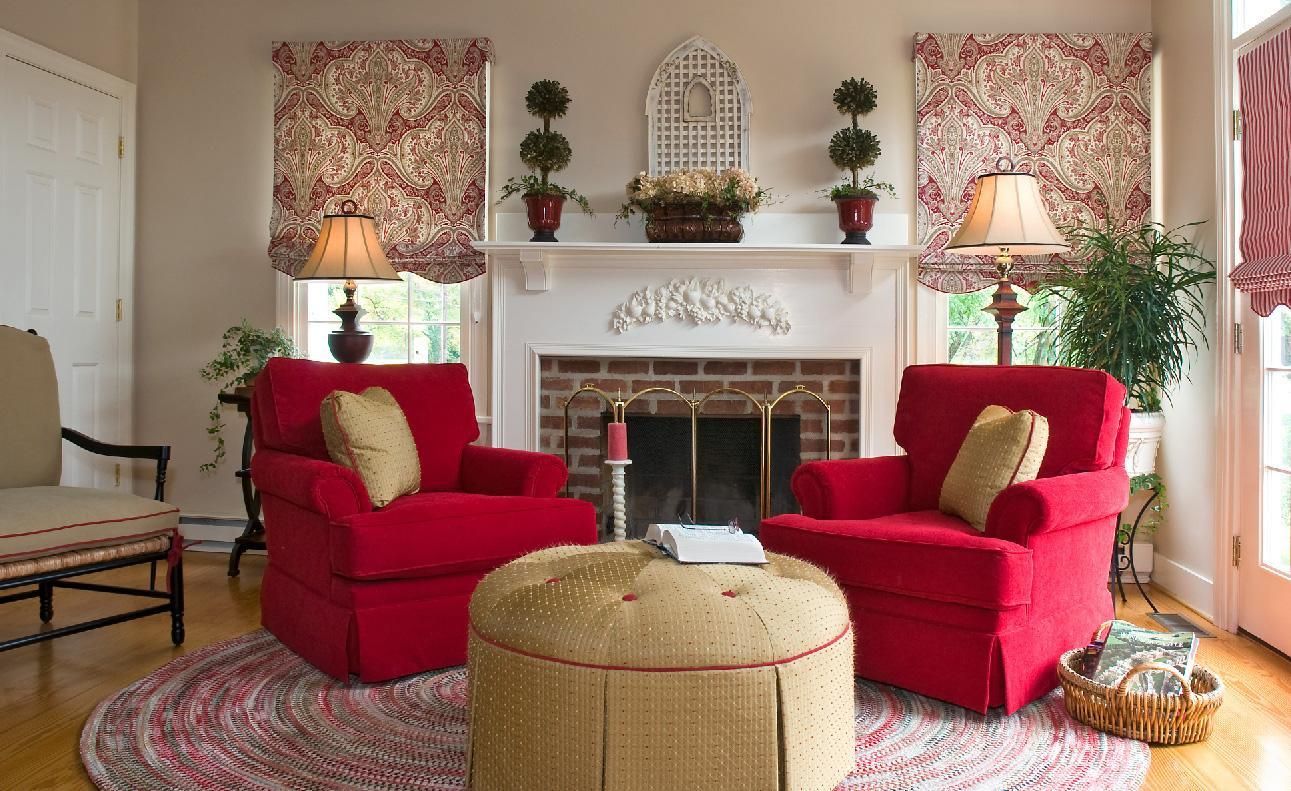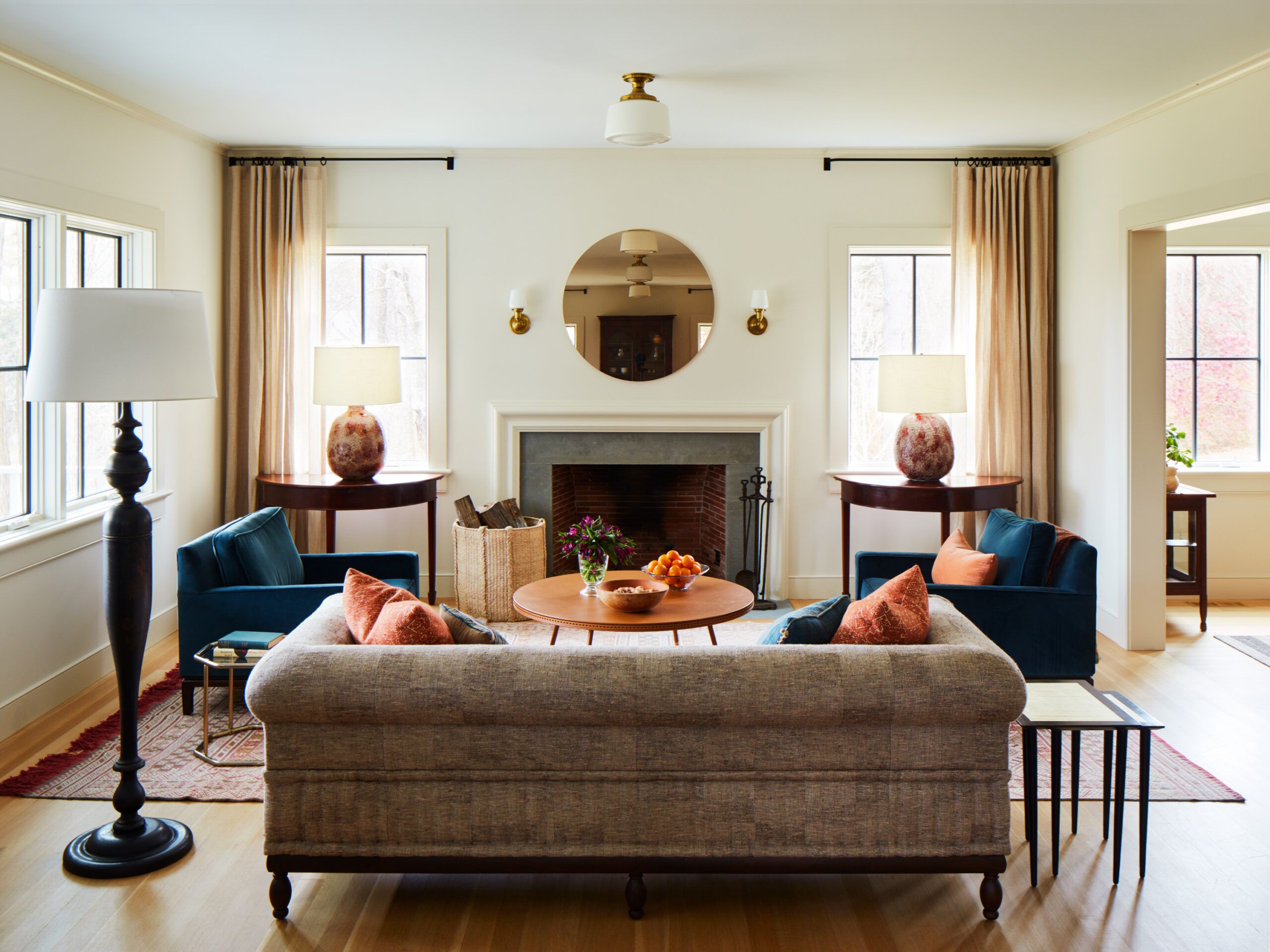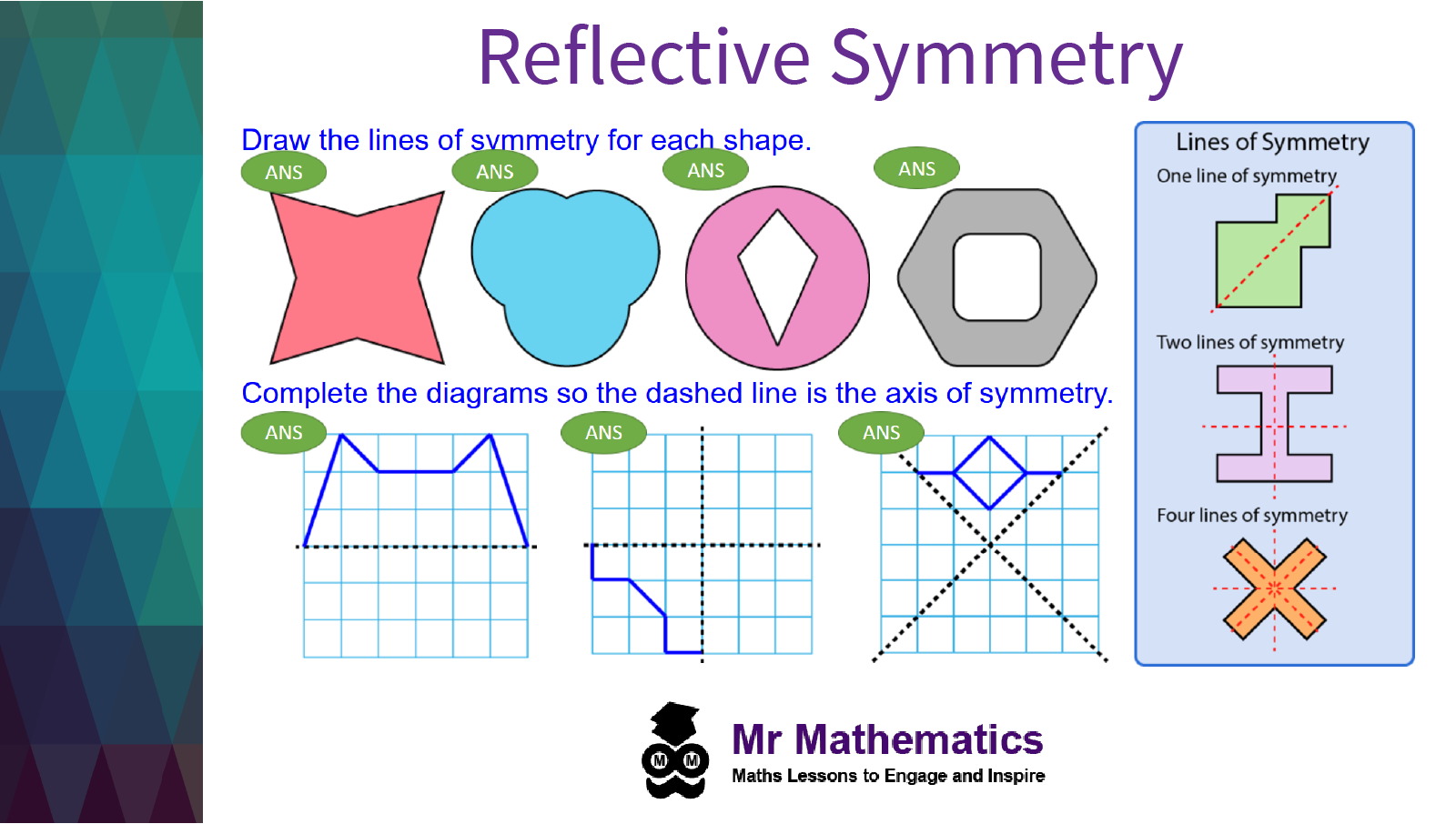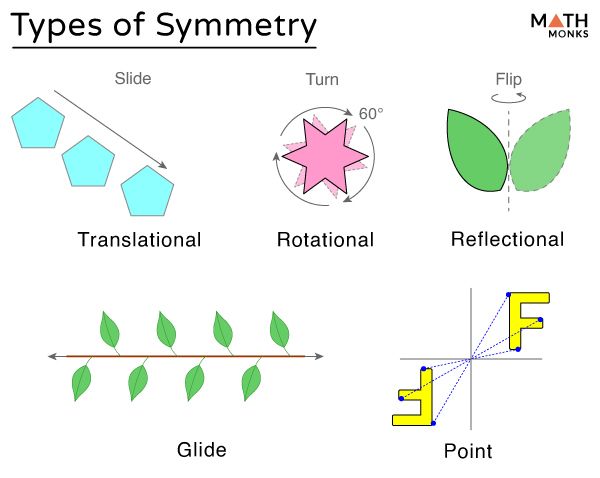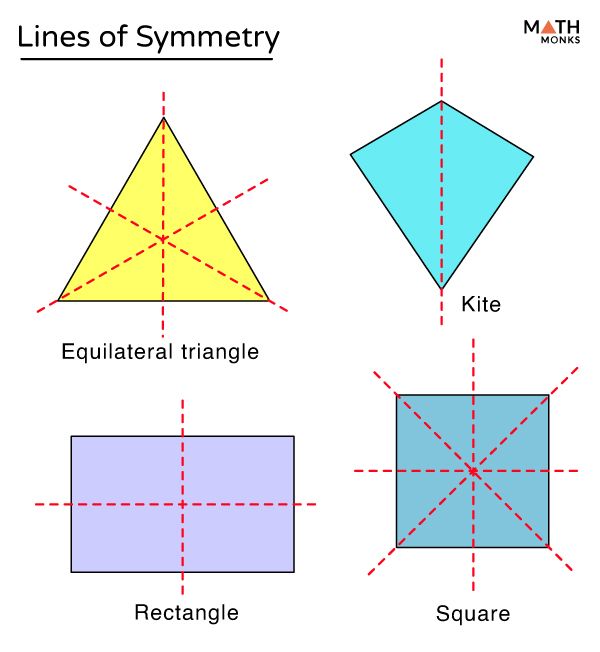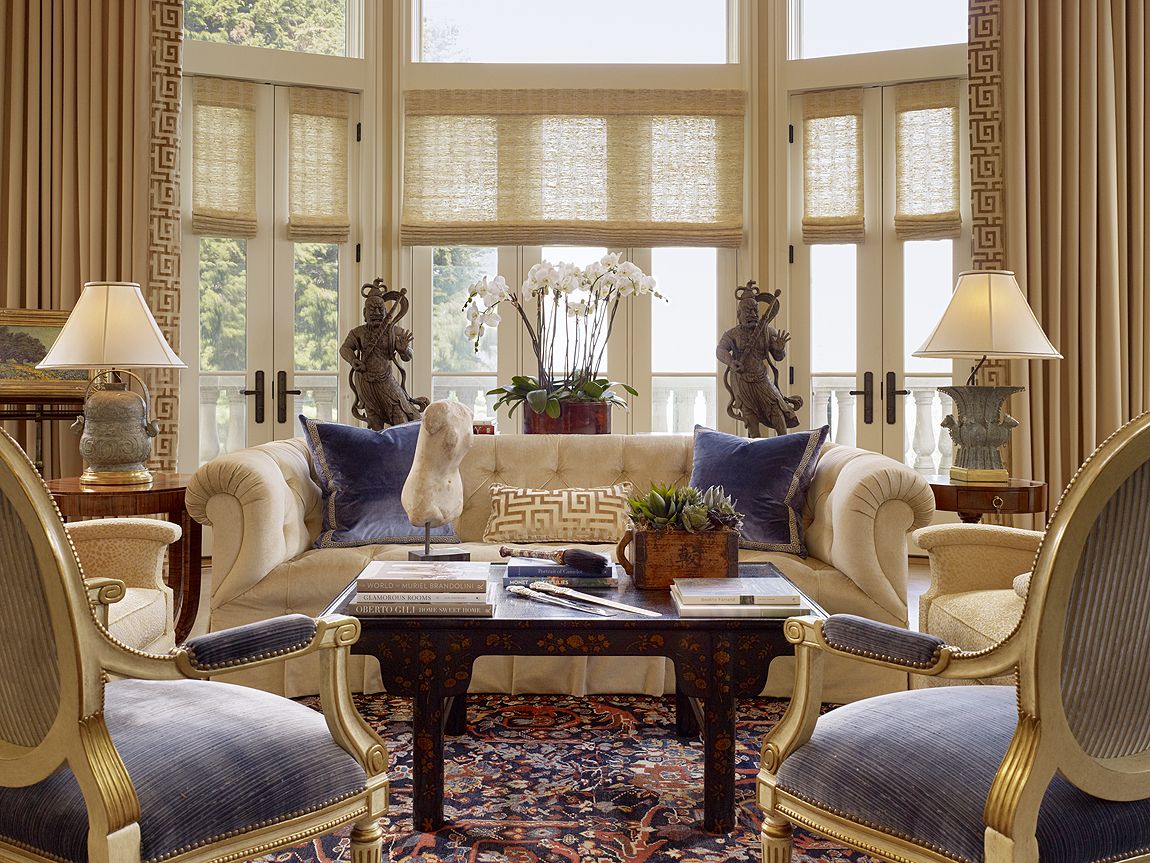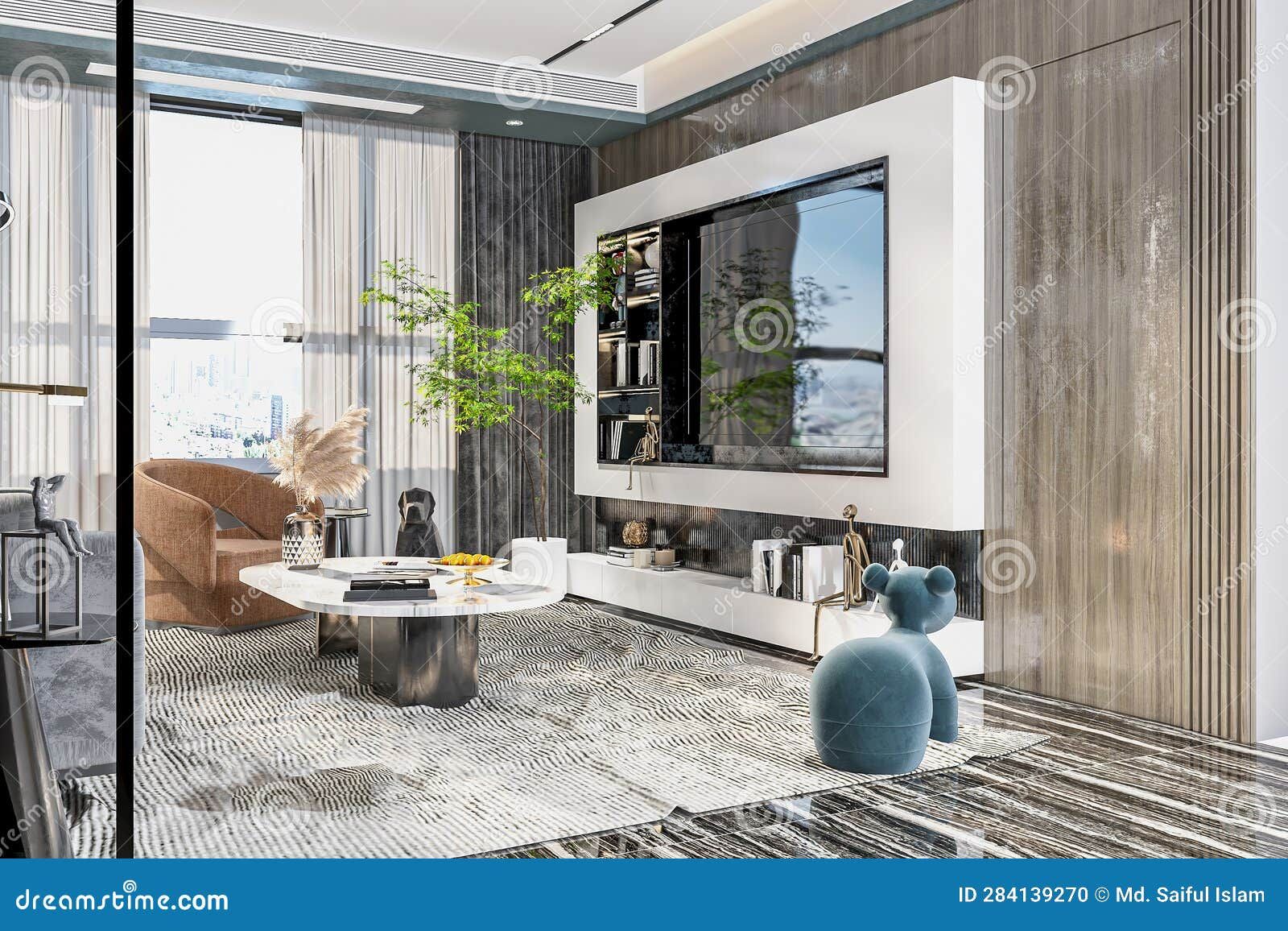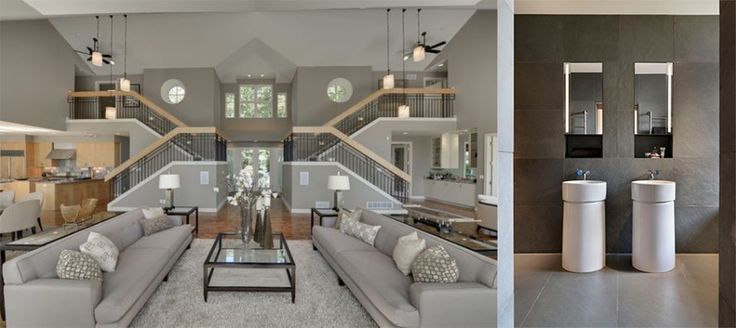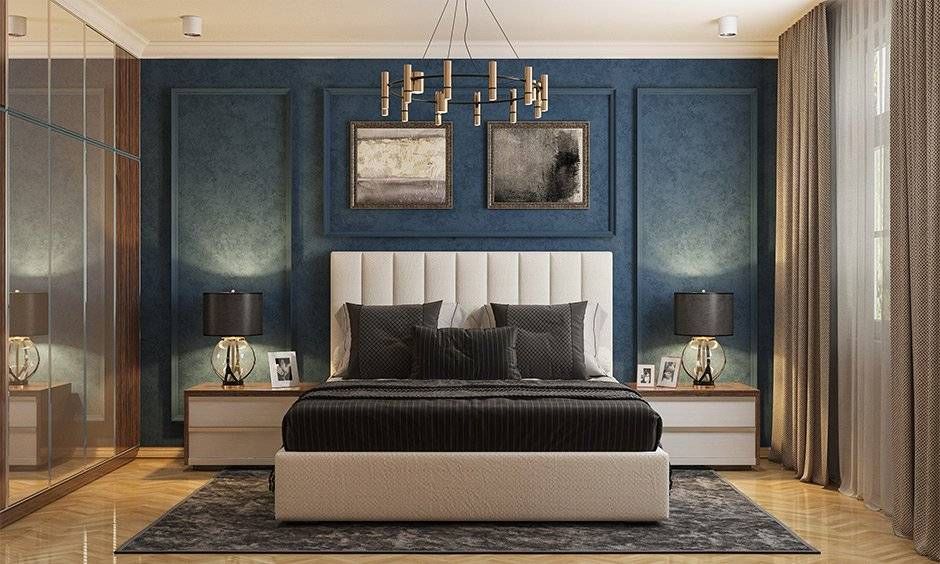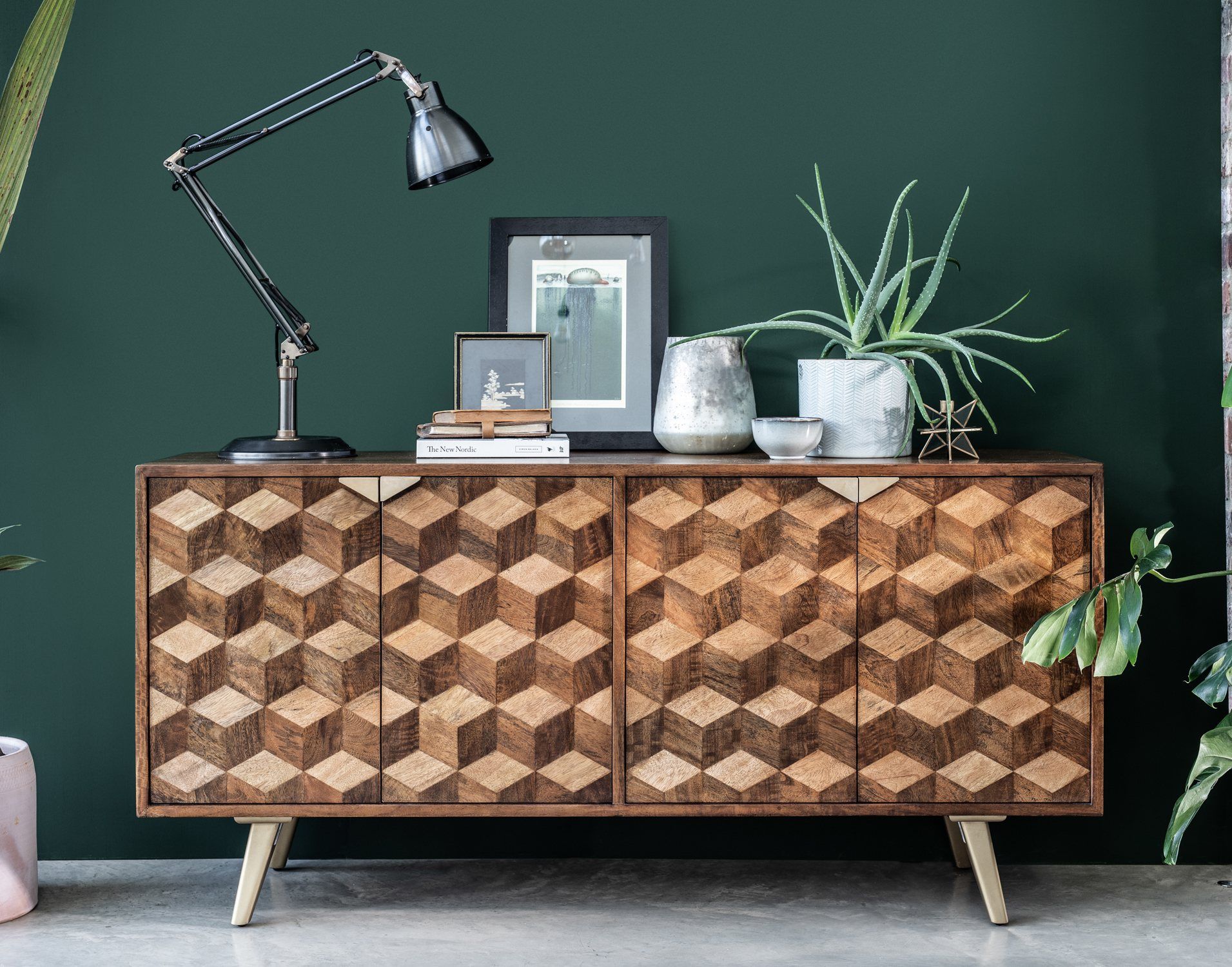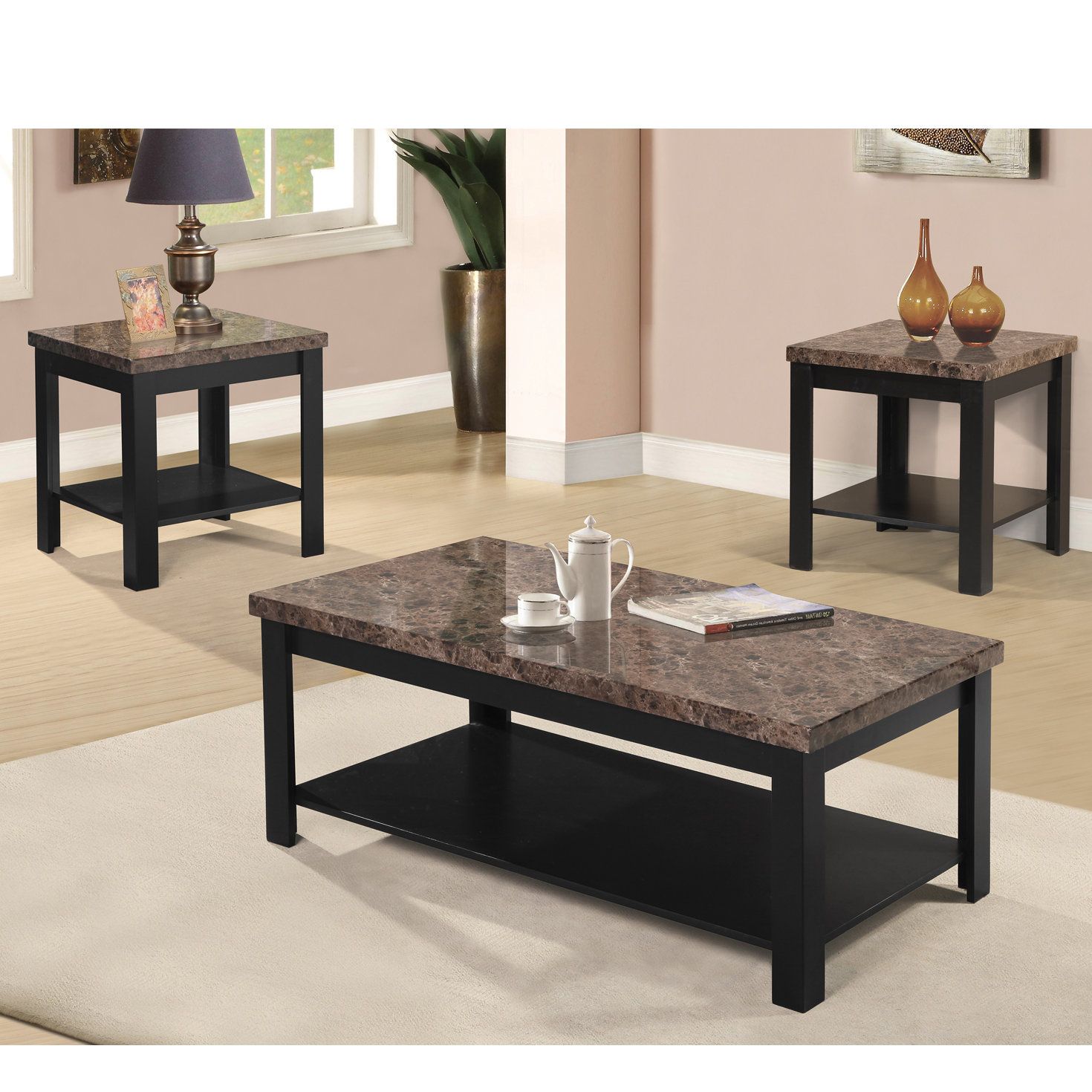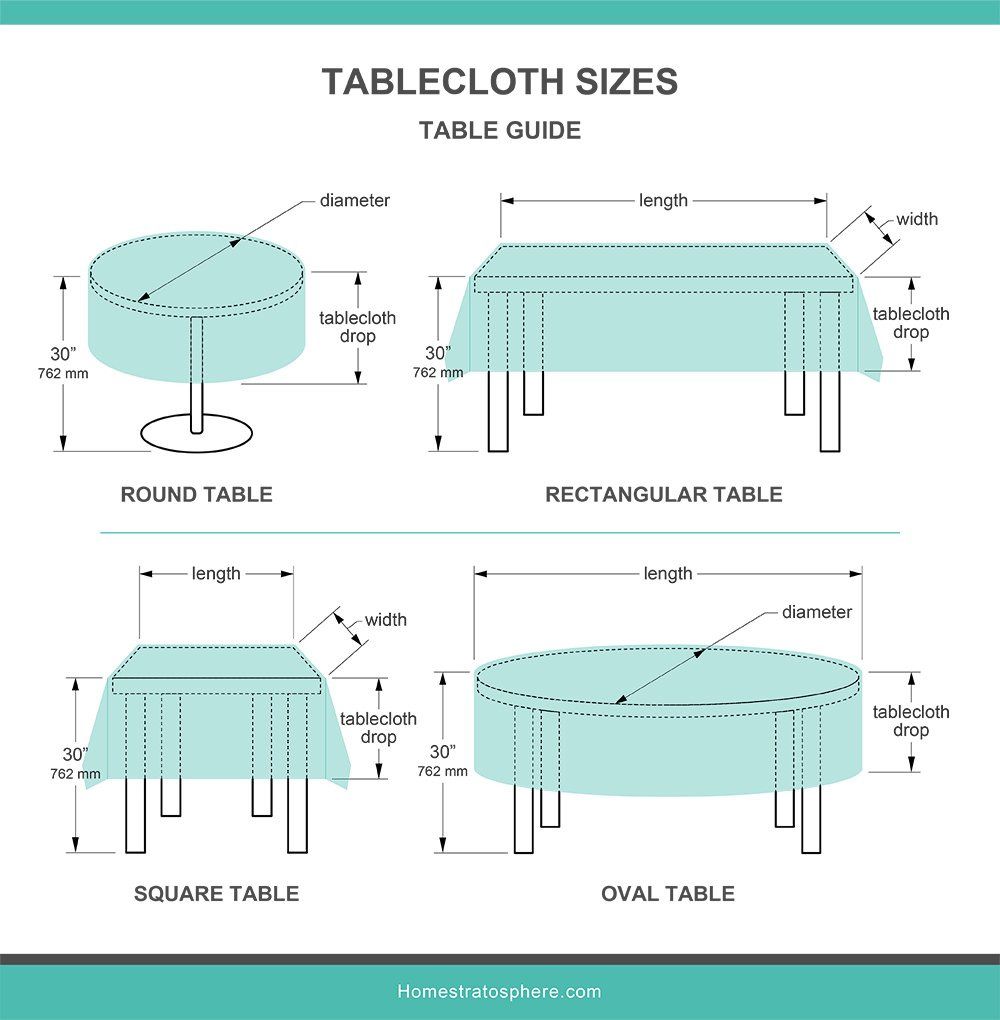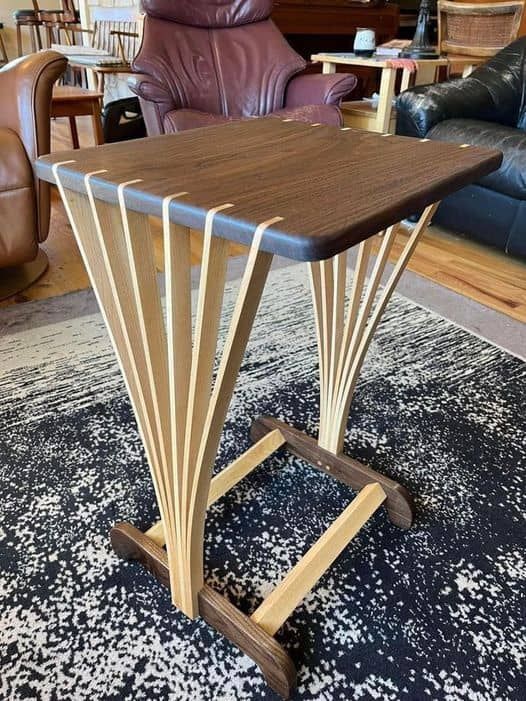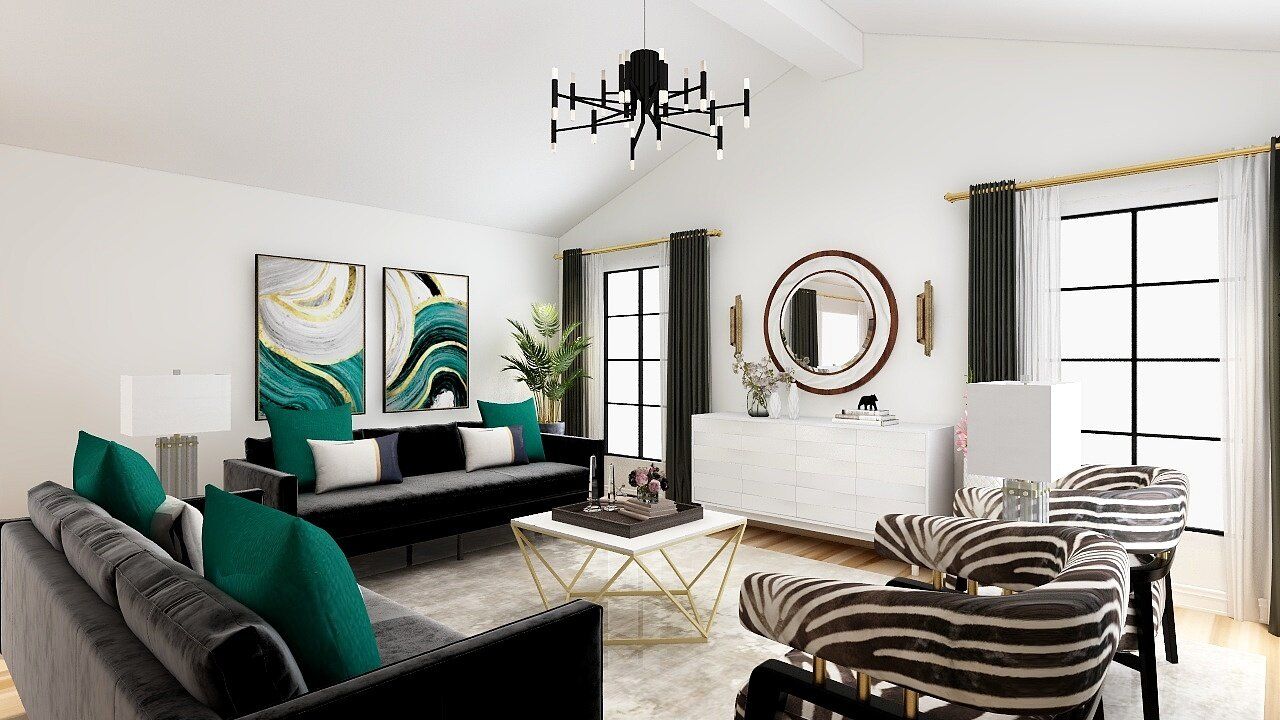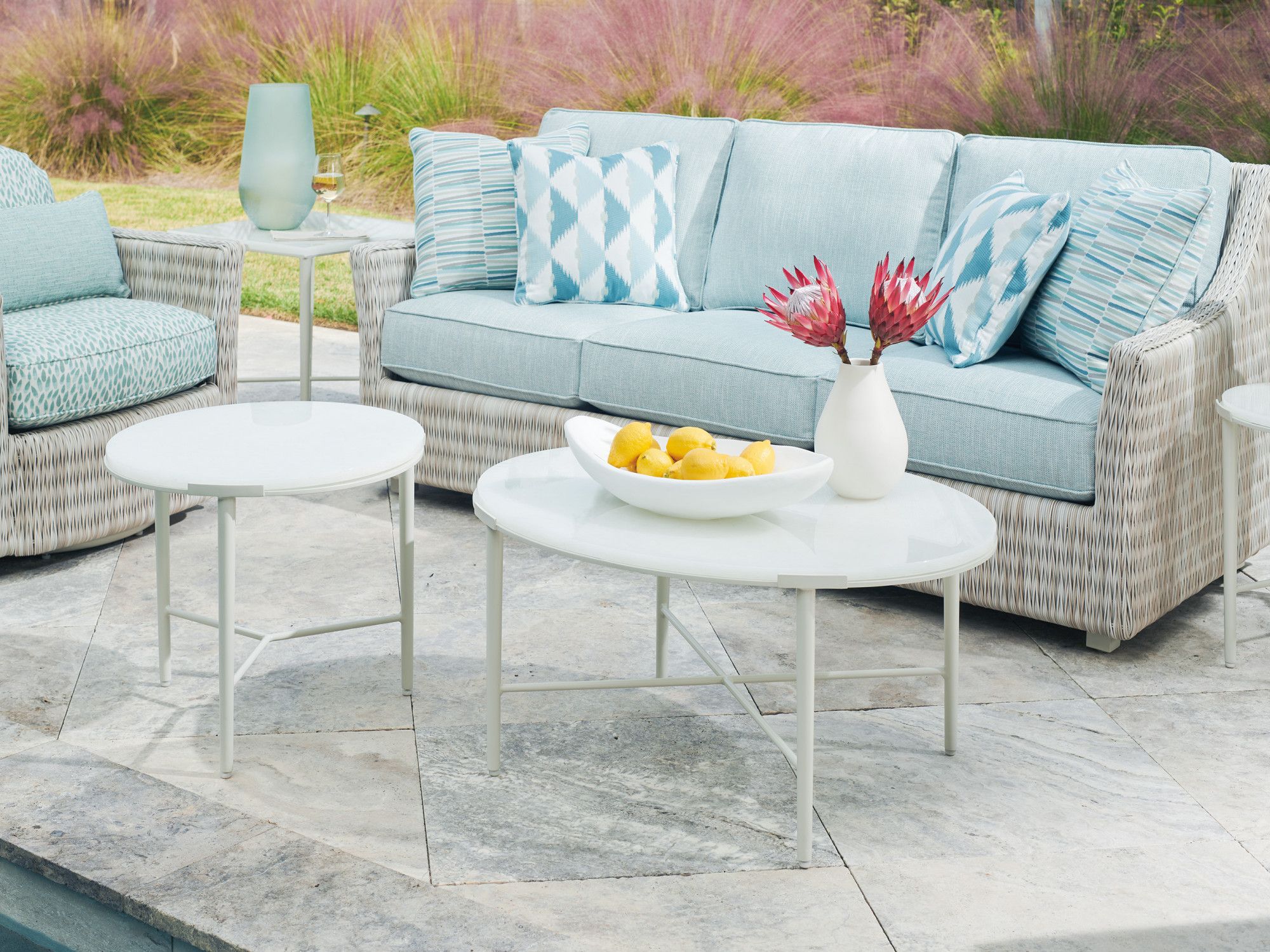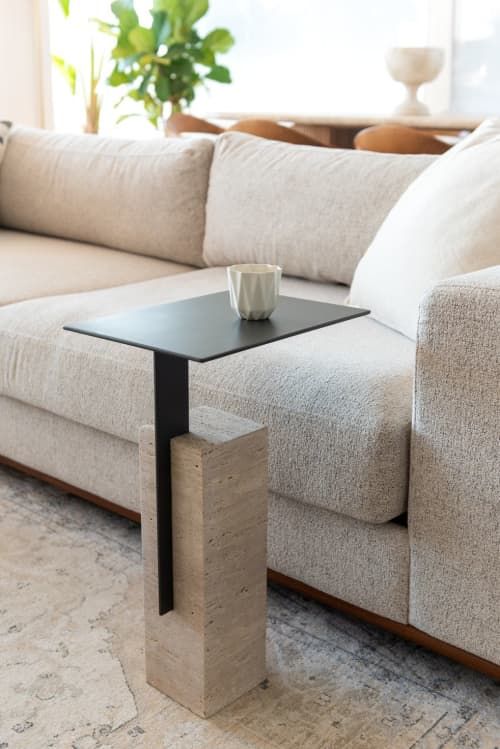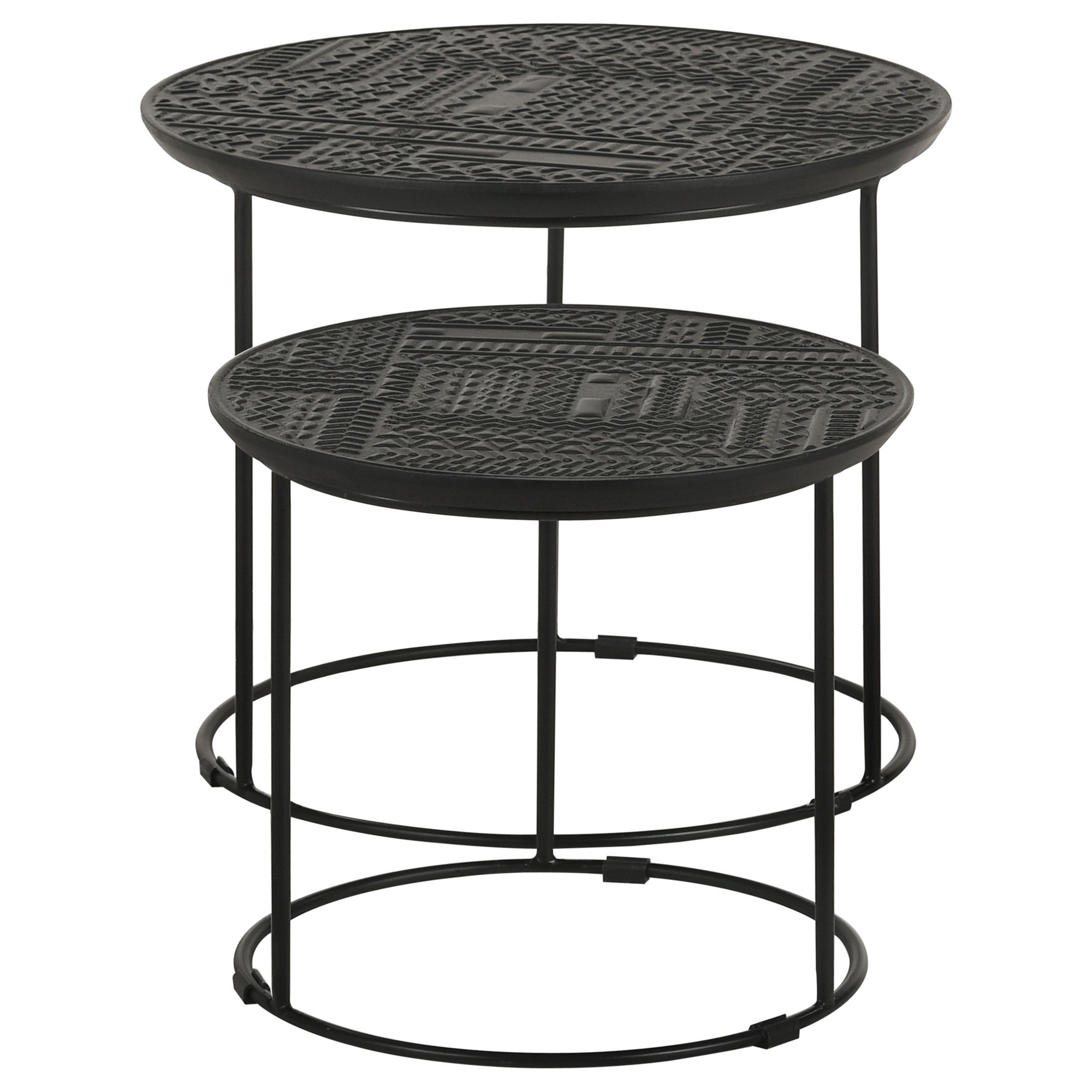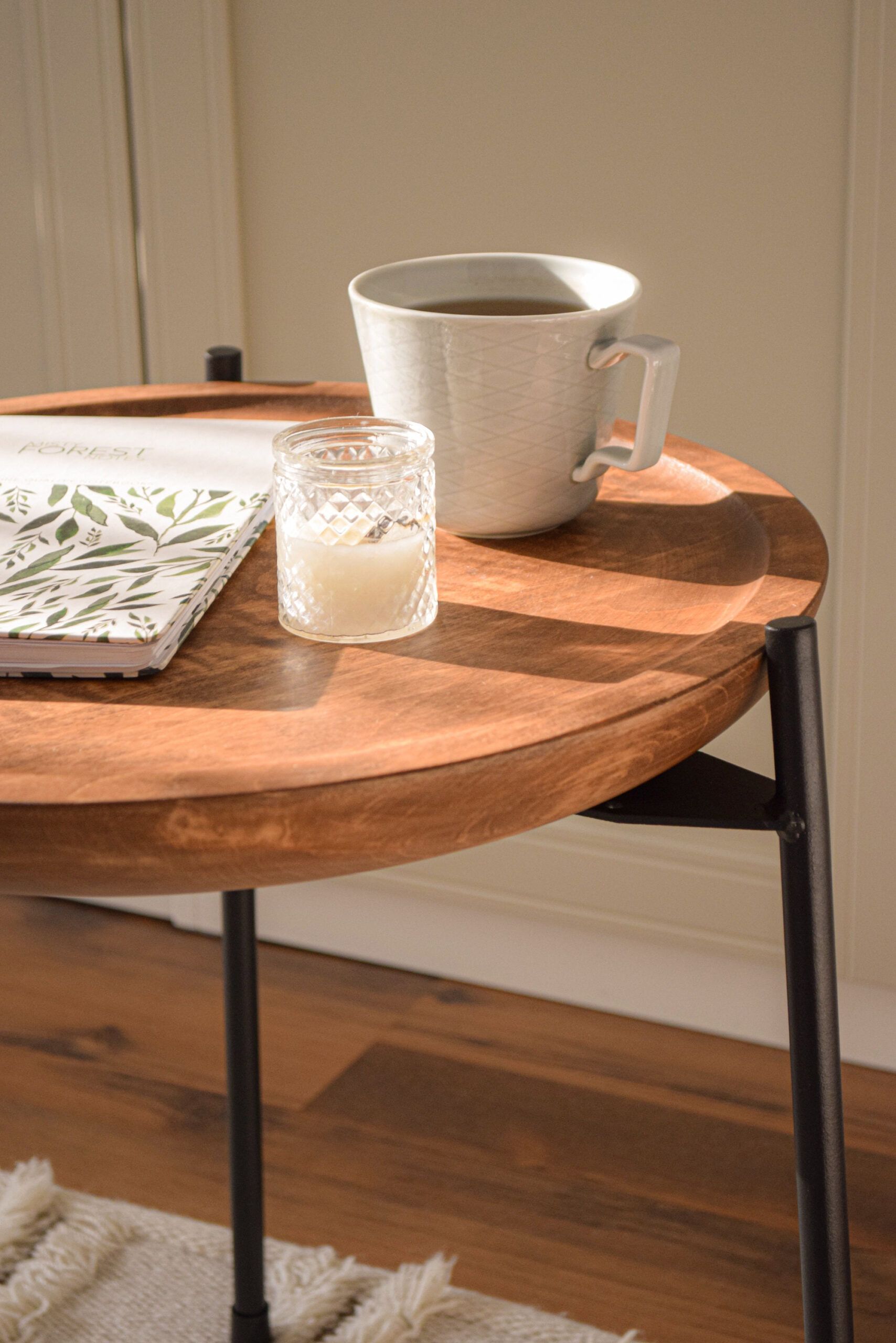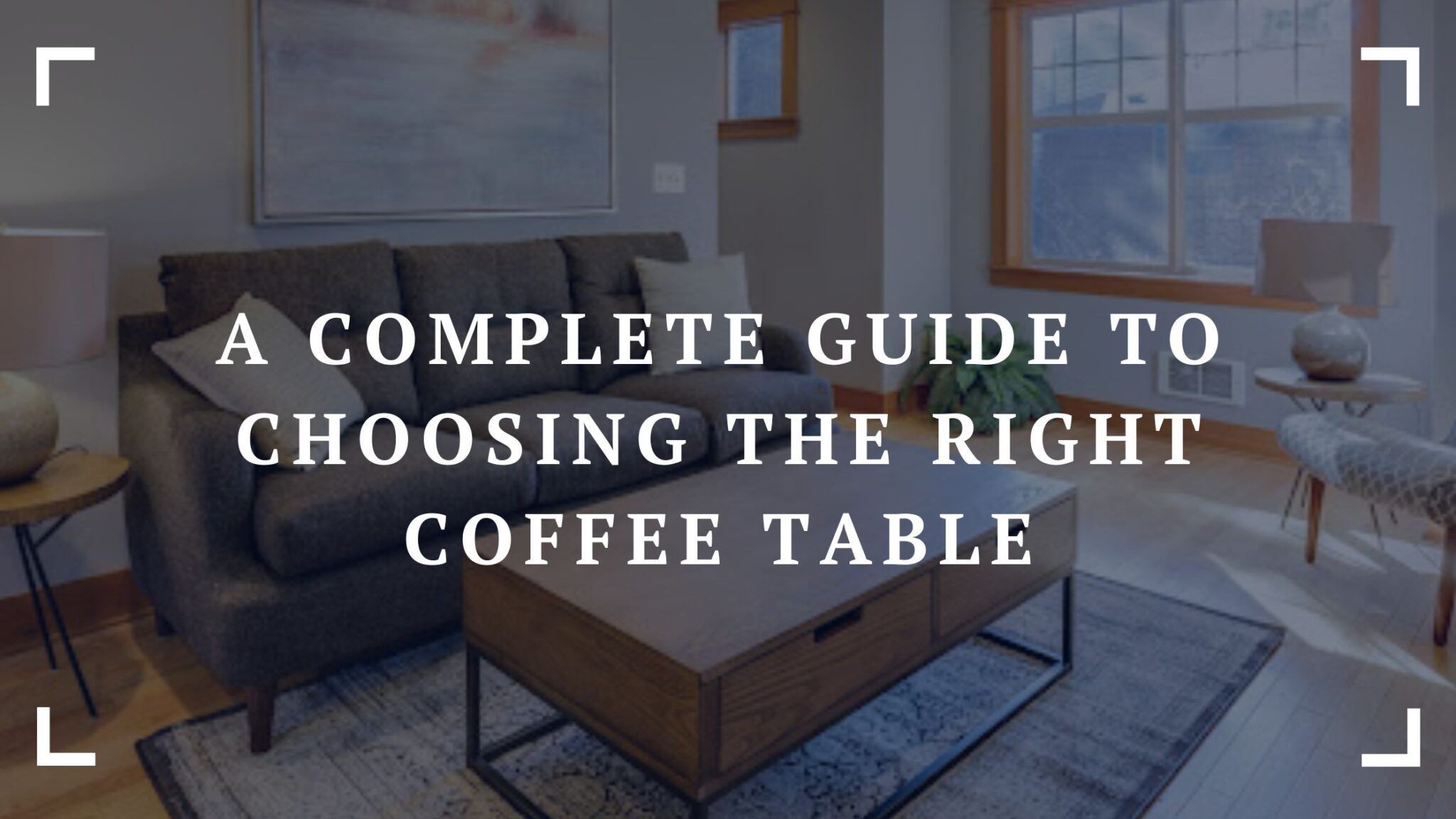As someone who has spent decades immersed in the nuances of interior aesthetics, I can tell you, without a shadow of a doubt, that true design mastery often hinges on a simple yet profoundly impactful concept: harmony. It’s not about rigid uniformity, but rather a thoughtful dance of elements that speak to each other, creating a space that feels complete, intentional, and utterly inviting. And a really effective way to get there, a secret weapon if you will, is through the strategic use of matching interior set pieces. It’s a game-changer, truly.
For a long time, the idea of ‘matching’ in interior design got a bit of a bad rap. People thought it meant boring, uninspired, or even dated. But let me tell you, that’s a fundamental misunderstanding of what we’re actually talking about. We’re not talking about buying everything from a single furniture catalog and calling it a day. Instead, we’re exploring how carefully chosen, complementary pieces can elevate a room from merely functional to truly extraordinary. It’s about creating a visual conversation, a flow that guides the eye and soothes the soul. Think of it as a symphony where each instrument plays its part, contributing to a beautiful whole, rather than a cacophony of random sounds.
The Psychology of Visual Cohesion: Why Our Brains Crave Order
It might sound a bit academic, but there’s a real psychological basis for why matching elements resonate so deeply with us. Our brains are hardwired to seek patterns, recognize order, and find comfort in predictability. When a room feels disjointed, with disparate styles and colors clashing, it can actually create a subtle sense of unease or even anxiety. Conversely, a space where elements effortlessly blend and complement each other provides a feeling of calm and stability. This isn’t just an aesthetic preference; it’s a fundamental human need. Think about it: when you walk into a beautifully curated art gallery, there’s a sense of purpose and intentionality, even if the pieces themselves are wildly different. That same principle applies to your home. Matching set pieces, whether they’re a pair of side tables, a collection of throw pillows, or even a coordinated set of art prints, provide those visual anchors that make a space feel ‘right.’ It helps your mind relax and truly settle in.
Defining ‘Matching’: It’s More Nuanced Than You Think
Now, let’s get specific about what ‘matching’ actually means in this context. It’s not about identical twins in every corner. Instead, it’s about thoughtful coordination. We’re talking about pieces that share a common thread – perhaps a material, a finish, a specific color tone, a design era, or even a repeated motif.
Here are some common ways to achieve this:
- Material Harmony: A common wood type, a consistent metal finish (like brushed brass or matte black), or even a repeated fabric texture can tie disparate pieces together. Imagine a living room where your coffee table, a side table, and the legs of your armchair all feature the same rich walnut. Instant cohesion.
- Color Palette Repetition: This is perhaps the most obvious. Using the same accent color in various elements – throw pillows, a vase, a piece of art, or even a lamp base – creates a visual echo that unifies the space. But don’t just stick to one shade; play with tints and tones of that same hue for more depth.
- Form and Silhouette: Consider the shapes of your furniture. If you have a lot of straight lines and angular pieces, introducing a curved element or two can provide a pleasant contrast without disrupting the overall harmony. Conversely, if your dominant form is curvilinear, repeating that gentle arc in other elements can be very effective.
- Design Era/Style Consistency: While not strictly ‘matching,’ adhering to a particular design era – mid-century modern, industrial, bohemian, etc. – naturally creates a cohesive look because the pieces inherently share design language and characteristics. You wouldn’t typically pair a rustic farmhouse table with a sleek, minimalist chrome chair, would you? (Unless you’re intentionally going for an eclectic, high-contrast look, which is a different beast entirely!).
Practical Applications: Where to Start with Matching Sets
So, where do you begin? The beauty of using matching set pieces is that you can implement this strategy in various areas of your home, often with surprisingly dramatic results. It’s not about overhauling everything, but about strategic additions and thoughtful pairings.
- Living Room Staples: This is often the easiest place to start. Think about a pair of identical side tables flanking a sofa, or two matching armchairs facing each other. Perhaps a set of nesting tables that share a design language. Also, consider your decorative accessories: matching lamps on either side of a console table, or a collection of vases in a similar style but varying heights on a mantelpiece. This symmetry brings a sense of balance and order.
- Bedroom Sanctuaries: The bedroom is ripe for this. Matching nightstands and lamps are classic for a reason – they create a serene and balanced feel. Even something as simple as matching shams and throw pillows on your bed can make a huge difference in how polished the room appears. A pair of matching dressers or chests, even if on different walls, can also work wonders.
- Dining Room Elegance: While not always ‘matching’ in the traditional sense, a dining set where the table and chairs are designed to go together is a prime example of inherent cohesion. Beyond that, consider a consistent theme for your dinnerware, placemats, or even a pair of identical serving platters that you display when not in use. It all adds to the unified feel.
- Art and Decor Groupings: Don’t forget wall decor! A gallery wall often benefits from a consistent frame color or style, even if the art within is diverse. Or, imagine a diptych (two related art pieces) or triptych (three related art pieces) that are designed to be displayed together. These instantly create a focal point and a sense of completeness.
Avoiding the ‘Showroom’ Trap: Infusing Personality
Now, here’s the crucial part: matching doesn’t mean sterile. The biggest fear people have is that their home will look like a furniture showroom – soulless and unlived-in. And that’s a valid concern if you take the concept too literally. The trick is to use matching pieces as a foundation, a backdrop, and then layer in your personality.
- Mix in the Unexpected: Once you have your cohesive base, introduce elements that break the ‘match’ subtly. A unique vintage find, a piece of art that tells a story, or a quirky accessory can add character and intrigue without disrupting the overall harmony. It’s about contrast that complements, not clashes.
- Vary Textures and Materials: Even if your main furniture pieces are matching in style or color, introduce different textures through throws, rugs, pillows, and decorative objects. A sleek leather sofa paired with a chunky knit throw and a soft wool rug creates depth and visual interest.
- Embrace Imperfection: Human spaces are not perfect. A slightly mismatched throw pillow on a perfectly symmetrical sofa arrangement, or a collection of books that are well-loved rather than perfectly aligned, adds warmth and authenticity. It’s the subtle imperfections that make a house a home.
- Personal Narratives: Fill your space with things that tell your story. Travel souvenirs, family photos, heirlooms – these are the elements that make your home uniquely yours, regardless of how ‘matched’ your foundational pieces are.
The Long-Term Benefits: Timelessness and Resale Value
Beyond the immediate aesthetic appeal, there are some really tangible, long-term benefits to embracing this approach to design. A well-designed, cohesive home often stands the test of time better than one that feels like a hodgepodge of trends.
- Timeless Appeal: When you create a harmonious foundation, your home is less susceptible to fleeting fads. Classic, coordinated pieces tend to have a longer shelf life, meaning you won’t feel the need to redecorate as frequently. This saves you money and effort in the long run.
- Perceived Quality: A cohesive design often makes a space feel more expensive and well-thought-out, even if the individual pieces weren’t high-end. The intentionality of the design elevates the overall perception of quality. It just looks ‘finished’.
- Enhanced Resale Value: When it comes time to sell, a home that feels put-together and harmonious is far more appealing to potential buyers. They can envision themselves living in the space because it feels inviting and well-cared for. A chaotic or disjointed interior can be a major turn-off, as it suggests more work for the new owner. It’s like presenting a well-organized portfolio versus a messy pile of papers. Which one would you rather inherit?
Unlocking design harmony with matching interior set pieces isn’t about rigid rules or sacrificing personal style. It’s about understanding the fundamental principles of visual balance and using them to create spaces that feel good, look good, and truly function as sanctuaries. It’s a journey of discovery, of playing with elements, and of finding what truly resonates with your own sense of beauty and comfort. Start small, experiment, and don’t be afraid to break a ‘rule’ now and then if it serves your unique vision. The goal, ultimately, is a home that feels like a warm, welcoming embrace – a place where every piece, whether matching or playfully contrasting, contributes to a beautiful, cohesive narrative. And that, my friends, is the true meaning of design mastery.
